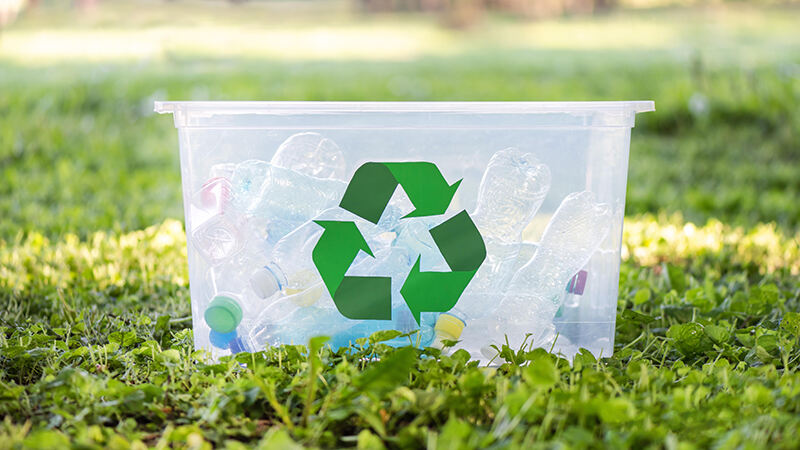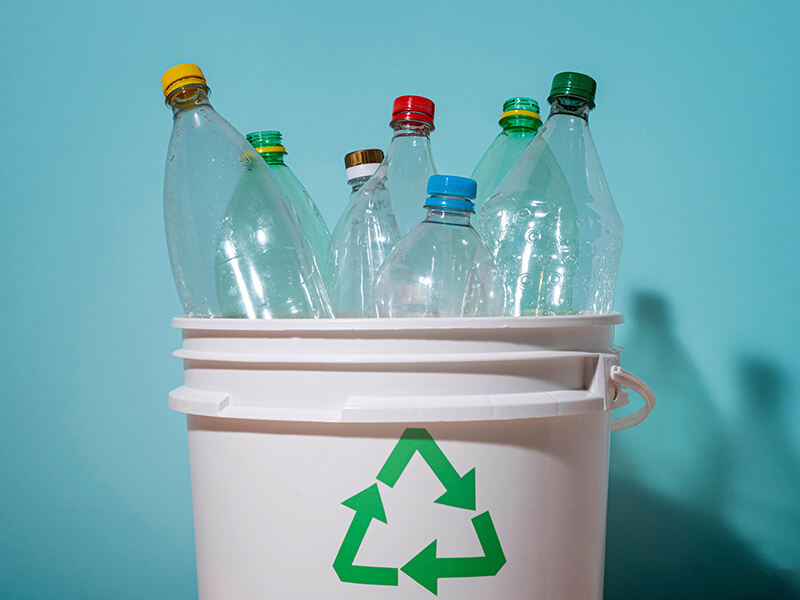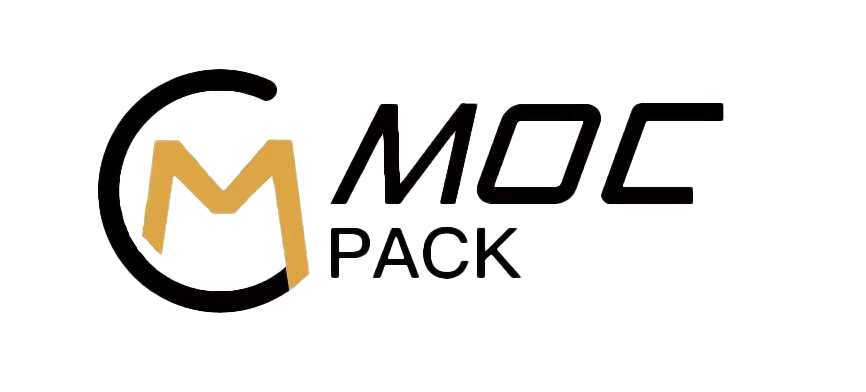What Type of Plastic is Polystyrene? Understanding Its Uses and Properties
Polystyrene is a thermoplastic resin produced by free radical polymerization of styrene monomer. It is one of the "five most commonly used plastics" in China and the world, and the fourth largest variety after polyethylene, polypropylene, and polyvinyl chloride. Polystyrene has hard, transparent, rigid, electrical insulation, low moisture absorption and excellent processing properties. It can be used to manufacture hard plastic products such as household appliances, and also can be used to manufacture foam plastic products and films. It has a wide range of uses.
Polystyrene (PS) has a series of advantages such as hard texture, high rigidity, excellent electrical insulation, good fluidity, wide processing temperature, easy molding, easy coloring, good printability, and high transparency. However, it also has disadvantages such as high brittleness, poor environmental stress cracking resistance, poor heat resistance, and easy aging and yellowing, which sometimes cannot meet the requirements of practical use. Therefore, modifying polystyrene has always been the key to the development and application of polystyrene products. The purpose of modification is, of course, to improve its shortcomings, reduce costs, broaden its application fields, increase its technological content and add value, endow it with new functions and new uses, and obtain new polymer materials with excellent and unique functions, waste recycling, and so on.

The main modification methods for PS are chemical and physical methods. Chemical method refers to the modification of the types, structures, and combinations of atoms or atomic groups on PS molecular chains through chemical methods, such as block copolymerization, graft copolymerization, crosslinking, compatibilization, or the introduction of new functional groups to form polymer materials with specific functions. Physical modification is carried out during the processing of PS resin, generally without chemical reactions, mainly through physical blending technology. The commonly used methods include filling, reinforcement, blending modification, etc. Physical methods are widely used in the field of modification due to their simplicity, convenience, and strong adaptability. By adding functional additives such as antioxidant, light stabilizer, antistatic agent, conductive carbon black, carbon nanotubes, metal powder, antibacterial and mildew inhibitor, foaming agent, flame retardant, etc., polyethylene is endowed with special functions such as anti-aging, antibacterial and mildew inhibitor, flame retardant, light diffusion, electrostatic conductivity, magnetism, etc., so as to realize its high added value and application in specific fields.

Polystyrene has poor weather resistance and may become cloudy and yellow when exposed to sunlight and dust during long-term use or storage. Therefore, when using polystyrene to make high transparency products such as optical components, it is necessary to consider adding appropriate varieties and amounts of anti-aging agents. Due to the presence of butadiene segments, HIPS also has poor weather resistance and requires anti-aging modification.

